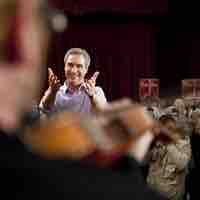Chapter 12
Delivering the Speech
By Boundless

Delivery is "real" when the speaker is honest and talks with the audience without acting.

Speakers may or may not be able to choose a delivery method, but keeping best speech practices in mind leads to success in each situation.

Your manuscript delivery method will vary depending on whether the manuscript is your own or someone else's.
It to your advantage to memorize your speech in some situations, and a distracting disadvantage in others.
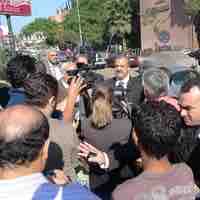
An impromptu speech is given with little or no preparation, usually about a topic that the speaker knows well.

Extemporaneous, the most natural method of delivery, involves glancing at notes while maintaining crucial eye contact with the audience.

The key difference between a prepared and impromptu speech is the amount of time given to the speaker to rehearse and prepare.
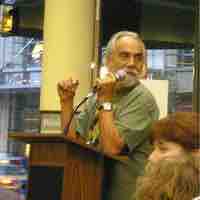
An impromptu speech is given with little or no preparation, but the presenter is usually very knowledgeable about the subject matter.
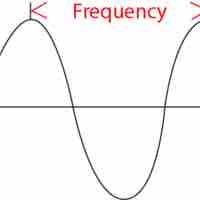
Speakers control the production of sound either using their own voice or a microphone so that amplified sound is loud enough to be heard.

Rate is the speed of speaking in words per minute from slow to fast, with normal rate averaging about 125 words per minute.

Changing the pitch while speaking can convey shades of meaning such as emphasis or surprise, or distinguish a statement from a question.

A speaker may use pauses to enhance the message delivery; a speaker may also user filler words and pauses that distract from the message.

Articulation focuses on making individual sounds and pronunciation focuses on stress, rhythm, and intonation of the syllables in the word.

Speakers may use many different English dialects to change the pitch, rate, volume, and use of pauses to achieve vocal variety.

First impressions count: dressing appropriately for the occasion and using an open posture can improve the visual delivery of a speech.

Eye contact and facial expressions provide important social and emotional information to the audience.
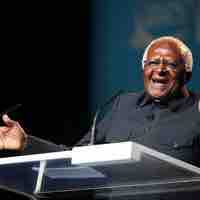
Natural body movements and gestures can strengthen and enhance the message but repetitive, unnecessary movements can distract from delivery.
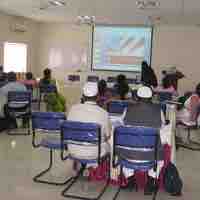
Visual aids can play a large role in how the audience understands and processes the information that is presented.
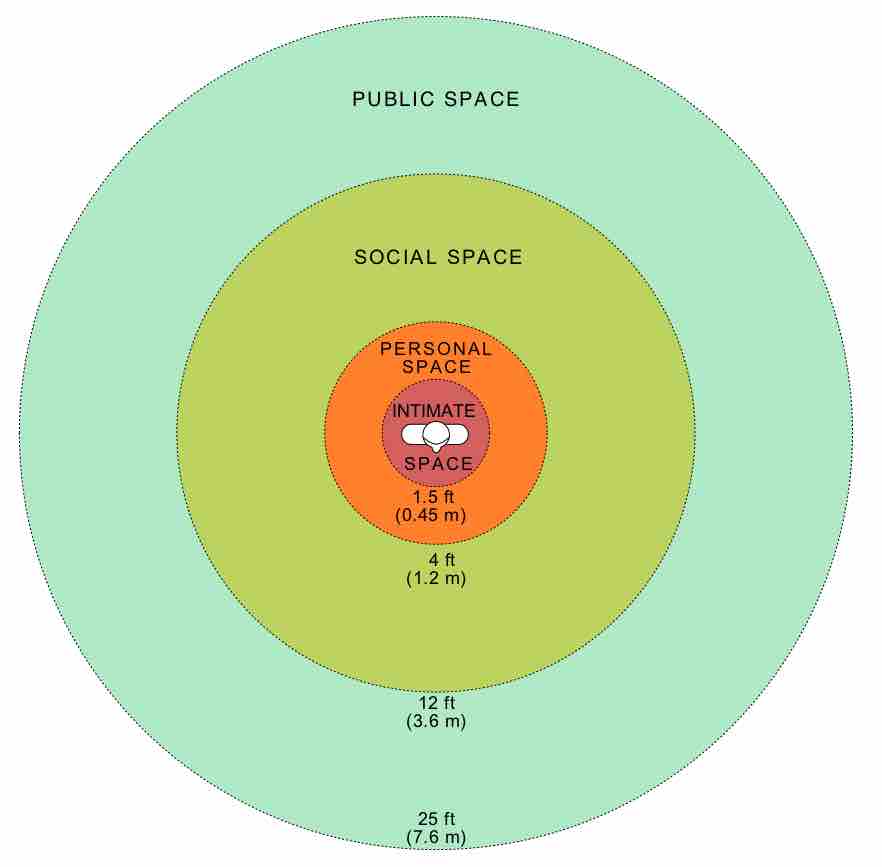
Social distance between people is reliably correlated with physical distance: intimate, personal, social and public.

Rehearsal provides opportunities to apply knowledge to practice different parts, see what works, and then put it together for a total speech.

Get in the habit of rehearsing all parts of the speech before delivery and revising as necessary.

Spend time anticipating potential questions and preparing responses to them ahead of time; work with colleagues or friends to practice.

Q&A occurs at the end of an in-person speech or at any point in time with larger, remote audiences using Twitter, SMS texting, or email.

The key to a successful Q&A session is effective communication with the audience.

